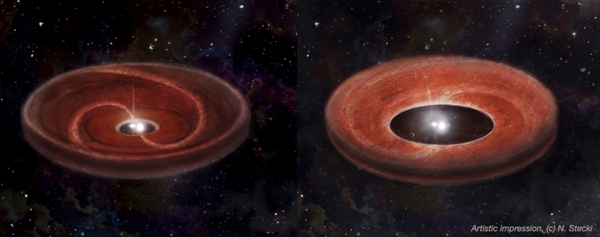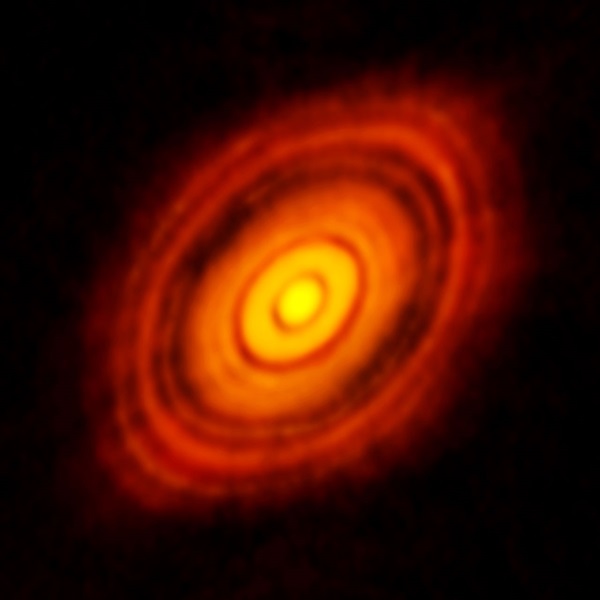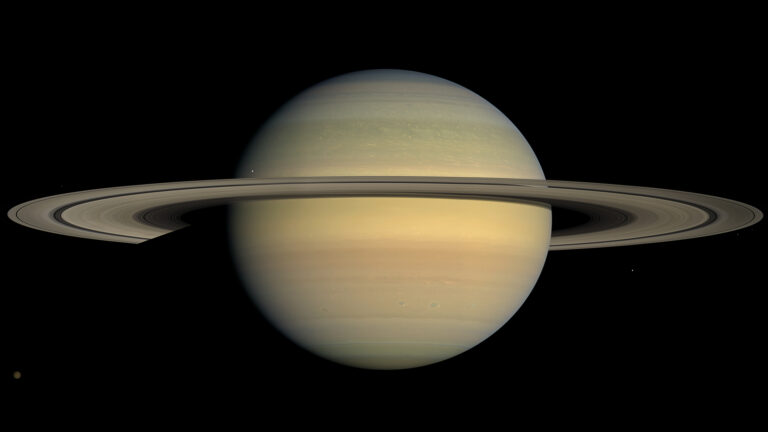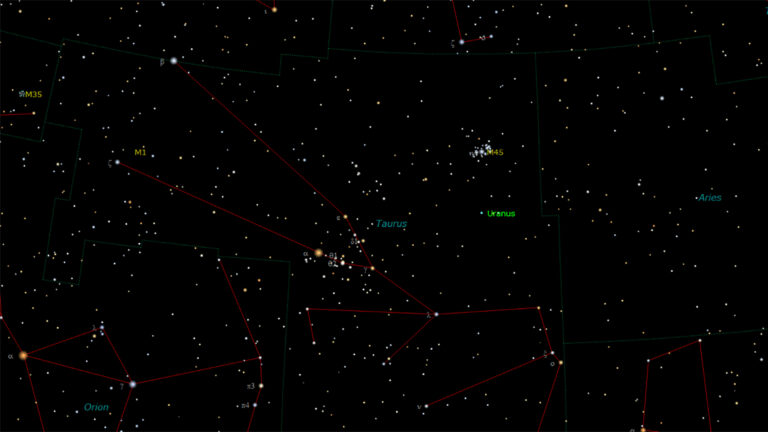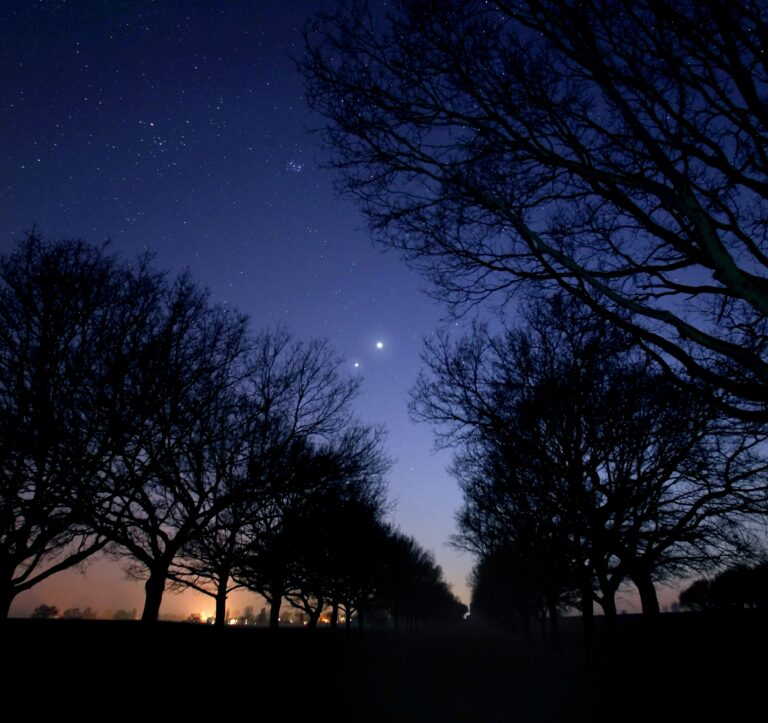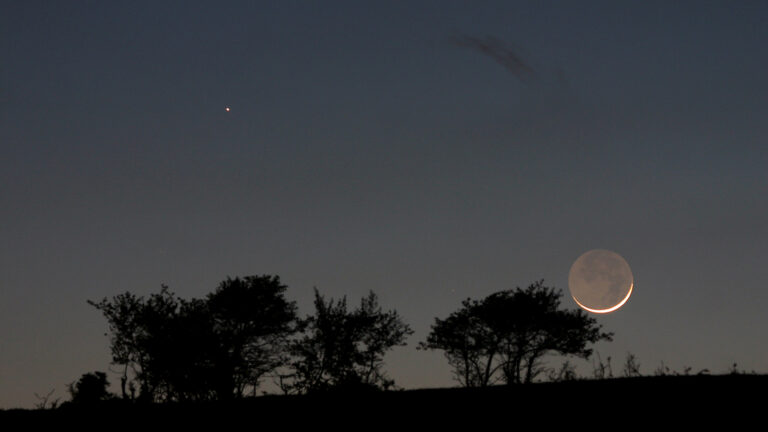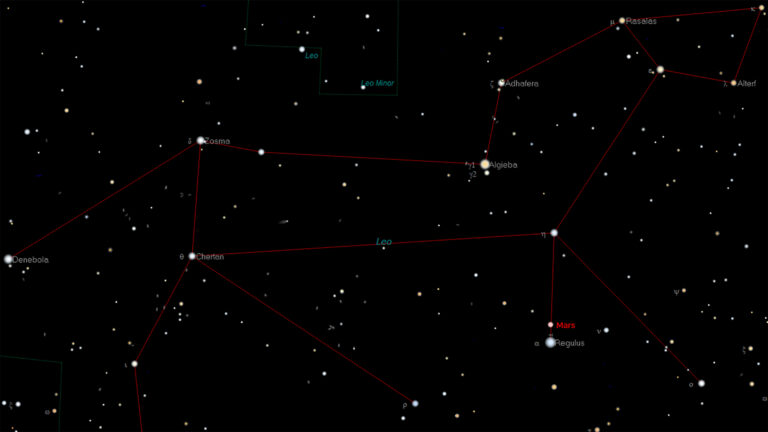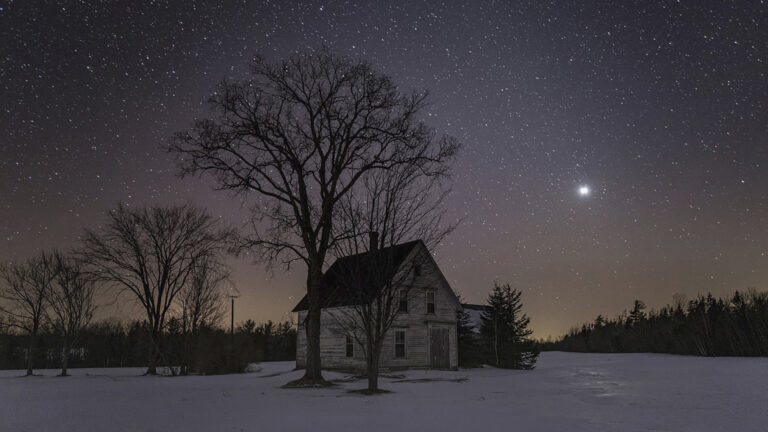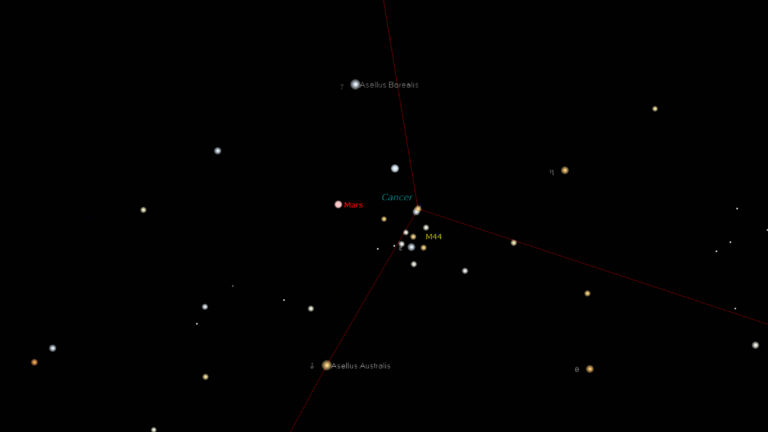Key Takeaways:
When a Sun-like star exhausts the helium fuel in its core, it enters its death throes. Starved for fuel, it swells to a red giant, likely swallowing its innermost planets, and begins burning scraps of leftover hydrogen to helium. Periodically, these helium ashes reignite, causing the star to once again burn brightly and throw off its outer layers into space.
This volatile phase of stellar life is called the asymptotic giant branch (AGB). With so much happening, it would seem like a terrible environment for the delicate process of forming planets. But over the past couple decades, astronomers have begun to suspect that under some circumstances, this stage could result in a new disk of material surrounding the star, giving rise to a second generation of planets.
Now, an analysis published Feb. 1 in Astronomy and Astrophysics gives some of the first observational hints that dying stars in binary systems could be giving birth to new planets. Roughly 10 percent of the post-AGB stars they studied are surrounded by disks of gas and dust that have gaps and cavities in them, a telltale sign that planets are possibly present — or forming — in them.
“It is amazing that they see similar disk structures to what we see in protoplanetary disks,” says Matthias Schreiber, an astronomer at the Universidad Tecnica Federico Santa Maria in Valparaiso, Chile, who was not involved in the work. It will take further work to determine whether the planets are first- or second-generation planets, he notes. “But this result alone is fantastic.”
Disk jockeying
The study analyzes archival observations of 85 post-AGB binary stars in the Milky Way Galaxy, all of which are surrounded by vast disks of material. For reasons astronomers don’t yet fully understand, some AGB stars with a binary companion star are able to exit the AGB phase quickly. The gravity of the second star allows some of the stellar material that blew off into space to swirl back in towards the pair of stars, forming a warm, glowing, rotating disk of gas and dust — similar to what happened when the stars were born. While the team didn’t image these disks directly, they could study them by looking at the radiation they give off in the infrared.
Tantalizingly, it appears that about 10 percent of these second-generation disks don’t glow as brightly as expected for a full disk — they seem to be missing the hottest and innermost part of their disks. Researchers that study planet formation call these transition disks. They are a sign that a planet is orbiting within, clearing out the inner disk material. But usually, they are associated with young stars at the beginning of their lives, not dying stars. “It’s fascinating to see the very close resemblance between the physics we see in young stellar objects and in old evolved objects,” says Hans Van Winckel, a KU Leuven astronomer and study co-author.
In addition, for the post-AGB stars that feature transition disks, the team also found lower levels of dusty elements like iron on the surface of the stars themselves. This phenomenon is called depletion, and it also points to an orbiting planet: Simulations show that a large planet’s gravitational presence can disrupt the dust in the disk, causing the dust to build up just outside the planet’s orbit and preventing it from spiraling down onto the stars themselves.
These two factors combined makes it “very likely” that these disks have a planet within them, says Jacques Kluska, an astronomer at KU Leuven in Belgium and the study’s first author. “It is the first indirect evidence for the presence of a planet in a disk around evolved stars.”
The second generation?
What is not clear is whether the potential planets present in these transition disks are first-generation or second-generation planets. Post-AGB disks don’t last very long — just a few tens of thousands of years — which is barely enough time to form a planet, according to current theory. This makes the team think the depletion is more likely to be caused by a surviving first-generation planet.
But, says Kluska, the presence of a first-generation planet creates better conditions for second-generation planets to form: By causing dust to build up in one region of the disk, it can trigger the snowballing process of accumulating matter by which a planet forms.
So, either the planets in the transition disks are actually second-generation planets, or they are first-generation survivors that could be shepherding a second generation of planets. Either way, the find makes the possibility of second-generation planets more likely, says Kluska — though, he adds, “There is still some work to do to prove (or disprove) it.”
Schreiber says he, too, is “slightly inclined” toward the current planets being first-generation planets, but doesn’t discount the possibility that we are already seeing second-generation planets, either. “It’s an open question,” he says. Perhaps, he notes, theorists will eventually find ways for planets to form more quickly. “The timescales we have now for planet formation are much shorter than timescales we had 10 years ago. So, we discovered mechanisms where nature can form planets much faster — and why should that not happen again?”
If the current planets are first-generation planets helping to build second-generation planets, astronomers might not find the eventual second-generation planets around stars in the short-lived post-AGB phase, but around stars even more advanced in age. It’s possible astronomers have already found some: In 2010, Schreiber was part of a team that reported two giant planets around the system NN Serpentis, a binary system with a white dwarf. The planets were remarkable because the white dwarf had already expelled all of its outer layers, meaning the planets had either managed to survive that stage — or had formed after that phase as second-generation planets.
NN Ser’s planets kicked off much of the current speculation about second-generation planets that has led to this study. “It has been speculated, but now to really see transition disks… the signposts of planet formation in protoplanetary disks — that’s amazing,” says Schreiber.
To further investigate these transition disks, Kluska and his colleagues are taking observations using the ALMA radio telescope and Very Large Telescope Interferometer, both located in Chile’s Atacama Desert. This will allow them to directly image the disks, hopefully revealing their structure — and possibly more signs of forming planets.


